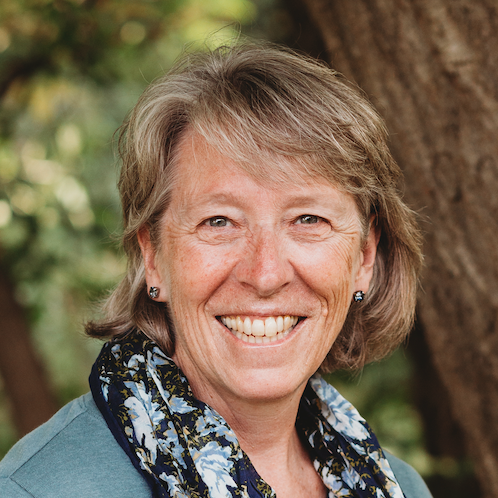The Demon-Haunted World: Science as Candle in the Dark by Carl Sagan
Being Wrong: Adventures in the Margin of Error by Kathryn Schulz
How do we distinguish between science and pseudoscience? And why do we go through life assuming that we’re right about nearly everything? Both books are compelling reminders of the humility and compassion in all of us in order to accept the full grace of our humanity. Even in schools, the fixed boundaries of expertise, mandates, and policies must be set aside or pushed so that we listen to and recognize the complexity, intersectionality, interconnection, reciprocity, and relational nature of our world and the range of literacies we, and our students, practice. Schulz wrote on page 164: “When we are caught up in our own convictions (for example, the dogma on the “science of reading”), other people’s stories—which to say, other people—cease to matter to us.” And “leaving behind our more thoughtful and generous selves, we become smug, or patronizing, or scornful, or downright bellicose.” At the same time, Sagan wrote on page 31: “The process of science may sound messy and disorderly.” But in science, “Diversity and debate are valued. Opinions are encouraged to contend—substantively and in depth.” While we do not want to simply compromise or find middle ground with people who are outright violent, racist, sexist, homophobic and xenophobic, we can ask ourselves how we have challenging conversations around dinner tables or read and make online commentaries in ways that broadens and humanizes our worldviews?

Leave a comment